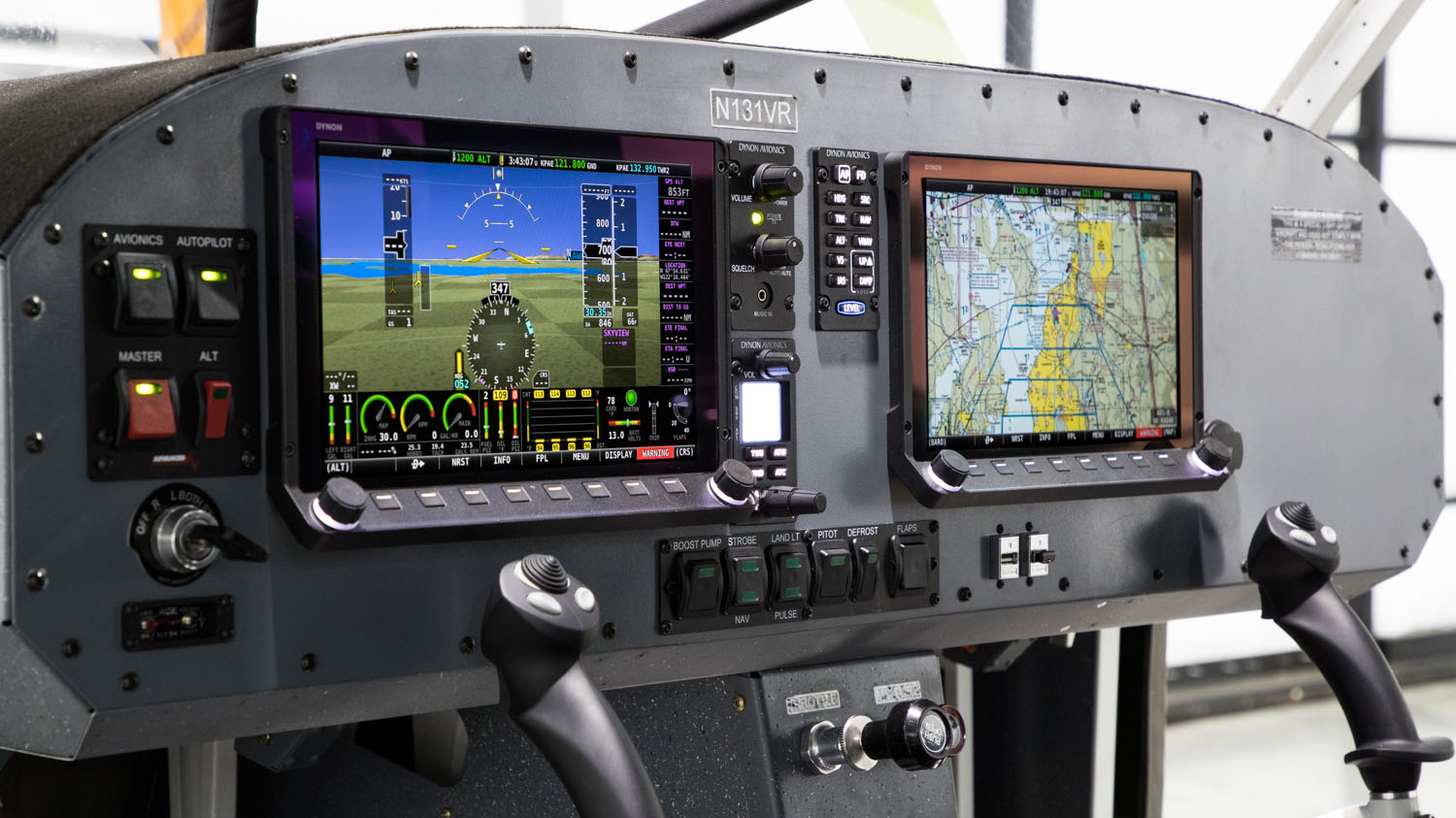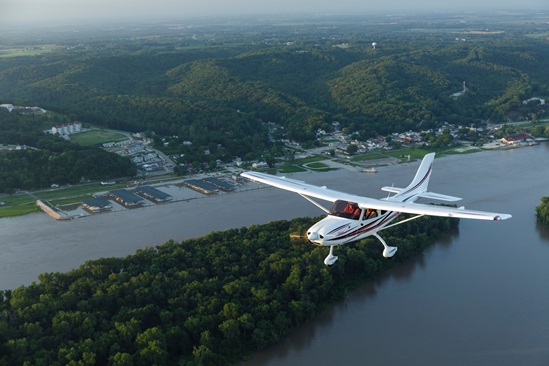Vashon Ranger debuts
A well-kept secret no more
The qualities of an ideal trainer are in direct conflict with those of an adventure airplane. A trainer must be easy to fly, mechanically simple, and economical. An adventure airplane should fly precisely, carry bulky loads, and operate from short and rough airfields. Any aircraft that excels in one area can’t be expected to thrive in the other—or can it?
“We set out to create a rugged, utilitarian flying Jeep,” said Ken Kruger, design engineer at Vashon Aircraft, who designed and flight tested the Ranger, the company’s debut aircraft. “It’s meant to fly to out-of-the-way places where people can camp and interact with nature. It’s also economical to operate and sturdy enough to stand up to the demands of flight training.”
The Ranger is a two-seat, special light sport aircraft (SLSA) with a 100-horsepower Continental O-200D engine and fixed-pitch Catto propeller. Predictably, it comes with Dynon glass panel (including autopilot), and it seems well suited to its muddy birthplace in the Pacific Northwest with large 6.00 by 6-inch tires.

Unlike other firms that announce new airplanes years before they are ready to fly, Vashon has quietly designed, built, and tested multiple aircraft and obtained ASTM approval for SLSA designation. The company also has performed drop tests and spin tests that go far beyond regulatory requirements.
“I don’t think any other SLSA has been tested as extensively as the Ranger,” said Kruger, who previously served as chief engineer at Van’s Aircraft and played a central role in designing that company’s RV–12 LSA. “The Ranger is a highly refined airplane.”
The Ranger is available only as a finished airplane from the factory, but Kruger said the Ranger has no real price advantage for homebuilders.
“An RV–12 kit and engine cost about $80,000 before you build it,” he said. “The Ranger is $99,500 complete, so there’s no real economic incentive for building it yourself.”
First flight impression
Taxiing to Runway 34L at Paine Field felt like stepping into the set of Land of the Giants as we navigated acres of widebody Boeing jets. Once cleared for takeoff, we got off the 9,010-foot runway after a ground run of about 400 feet. At max gross weight (1,320 pounds), cruise climb at 85 KIAS netted a 900 fpm rate of climb.
The combination of the expansive view, smooth power from the Continental engine/Catto prop, and crisp, beautifully harmonized controls—along with a gloriously clear winter day over the Puget Sound—made for a thoroughly positive Ranger introduction. We met up with the photo airplane and flew together by snowy Mount Baker, then turned west to the San Juan Islands.

Eventually, we broke away for single-ship maneuvers and explored the corners of the flight envelope. With engine power at idle and flaps up, the wing doesn’t stall in a traditional sense. Full back stick results in mild buffeting and a mushy nose bob at 45 knots, then the airplane settles into a gently porpoising descent at about 50 KIAS.
“We don’t have an airframe parachute,” Kruger said. “But the wing acts a lot like one.”
Stalls at half flaps (20 degrees) and full flaps (40 degrees) are much the same, but the nose-bob takes place at 43 and 42 knots, respectively.
High cruise (2,700 rpm) at 3,500 feet nets 117 KTAS (115 KIAS) at 5.5 gph. With wheel fairings or other aerodynamic cleanups, the Ranger could easily reach the 120 KCAS limit for the LSA category.
Steep turns at 60 degrees of bank are a playful matter of putting the Skyview HDX velocity vector on the horizon and pulling hard enough to keep it there. Full-aileron deflection results in a lively roll rate of about 100 degrees per second.
We dropped into Roche Harbor (WA09) for a series of takeoffs and landings on Runway 7, and the 30-foot-wide pavement seemed rightly proportioned for the Ranger, rather than the ocean of rubber-stained concrete at Paine Field.
Full-flap landings with a final approach speed of 55 KIAS consistently resulted in ground rolls of about 600 feet with light to moderate braking. Takeoffs at a variety of flap settings were about 200 feet less.
The Ranger was delightfully obedient and confidence-inspiring throughout a full day of flying—but there were a few objectionable noises. A metal panel on the fuselage would “oil can” with a bang whenever we accelerated through 80 knots, and when approaching the critical angle of attack, roiling air made it sound like someone was shaking the lid on a metal trash can. I’m sure these sounds can be suppressed with a few strategically placed stiffeners.
The more we flew, the less I found myself thinking about the airplane itself. Instead of demanding attention, the Ranger recedes into a sublime platform for aerial viewing. And it goes where you point it effortlessly.
The Ranger is an economical trainer, a capable adventure machine—and a compelling value. That’s an especially rare thing to say about a new airplane because so few brand-new models can truly justify their price premiums over used ones.


